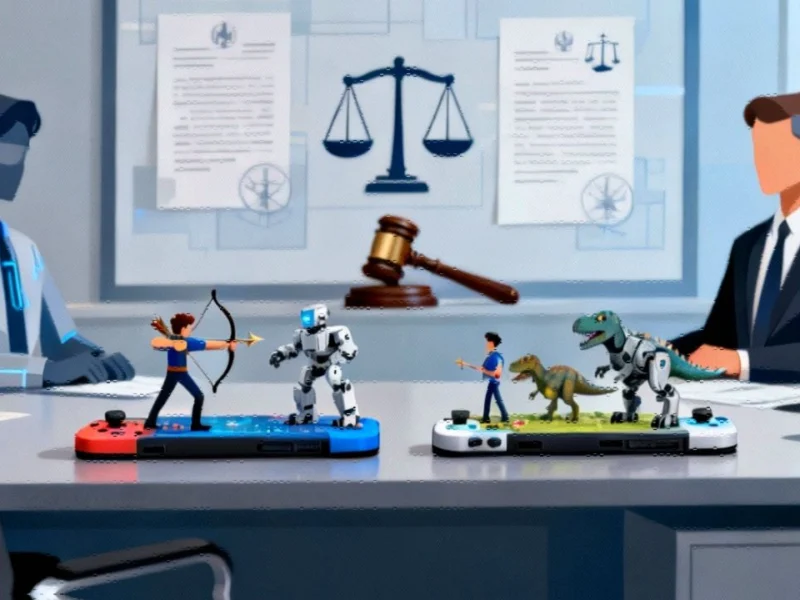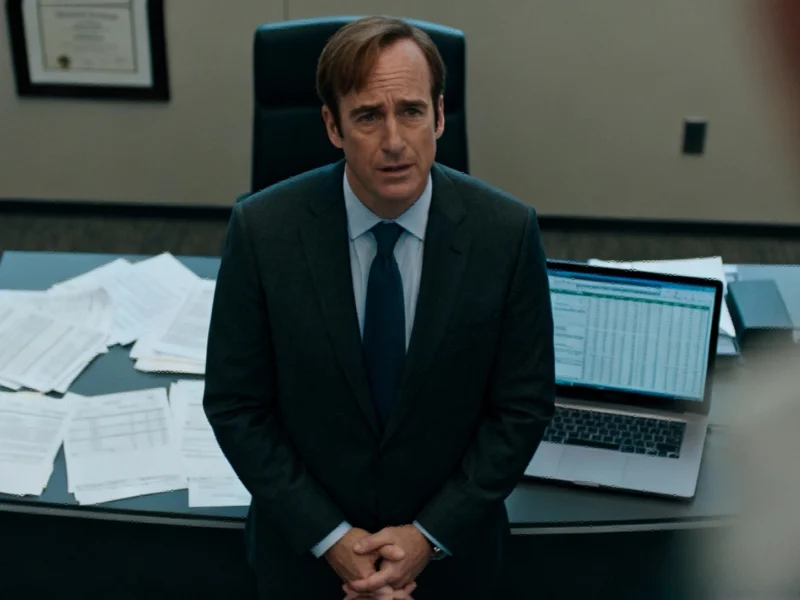Sony’s Legal Counterattack
Sony Interactive Entertainment has launched a blistering response to Tencent’s defense in the ongoing Light of Motiram copyright lawsuit, dismissing the Chinese tech giant’s arguments as “nonsense” and accusing the company of playing a corporate “shell game” to avoid responsibility. The legal battle, which began in July, centers on allegations that Tencent’s upcoming game constitutes a blatant clone of Sony’s critically acclaimed Horizon franchise.
In a 35-page court filing obtained by industry observers, Sony systematically dismantled Tencent’s attempt to have the case dismissed. “Tencent remarkably contends SIE’s claims are unripe because – despite having announced and continuously promoted its game for months – Tencent (purportedly) delayed Light of Motiram’s release until 2027 after SIE sued,” the complaint states. “This is nonsense. The damage is done – and it continues.”
The Core of the Controversy
Sony’s original lawsuit alleged that Tencent’s Light of Motiram copies numerous distinctive elements from the Horizon series, including core gameplay mechanics, visual style, character designs, and even the signature “Focus” device used by Horizon protagonist Aloy. The similarity is so striking that many gamers initially mistook promotional material for Light of Motiram as announcements for new Horizon content from Guerrilla Games.
What makes this case particularly noteworthy is the revelation that Tencent had previously approached Sony with a proposal to create an official game set in the Horizon universe during the 2024 Game Developers Conference. However, Sony has revealed that Tencent failed to disclose it had already begun developing Light of Motiram in 2023. After Sony rejected the collaboration proposal, Tencent continued development on what Sony describes as an unauthorized imitator.
Tencent’s Controversial Defense Strategy
Tencent’s motion to dismiss raised several contentious arguments that Sony has now challenged in its response. The Chinese company claimed the case wasn’t “ripe” for litigation because Light of Motiram isn’t scheduled for release until the fourth quarter of 2027, suggesting that the allegedly infringing elements might not appear in the final product. However, Sony noted that Tencent only added this distant release date to the game’s Steam page after the lawsuit was filed.
Tencent also argued that Sony is attempting to monopolize game genres and “time-honored” tropes that appear across multiple titles. In support of this position, Tencent cited Horizon Lead Artist Jan-Bart van Beek’s acknowledgment in a NoClip documentary that development on Horizon Zero Dawn was initially paused due to similarities with 2013’s Enslaved: Odyssey to the West.
Additionally, Tencent questioned the court’s jurisdiction over Tencent Holdings, the parent company of the entities directly developing the game. Sony countered that this represents another attempt to avoid accountability through corporate structuring, stating that Tencent remains “at the helm” of its various subsidiaries and brands involved in the project, including Aurora Studios, Level Infinite, and Proxima Beta.
Broader Industry Implications
This legal confrontation occurs against a backdrop of significant market trends affecting global technology and entertainment companies. The outcome could establish important precedents for how intellectual property protection applies to game mechanics and visual styles, particularly in cases involving international corporations.
The dispute also highlights the evolving nature of digital enforcement in the gaming industry, where companies are increasingly taking aggressive legal positions to protect valuable franchises. As platforms implement new measures to combat various issues, from unauthorized content to messaging abuse, this case demonstrates how major players are testing the boundaries of intellectual property law.
Financial analysts are closely watching how this lawsuit might impact both companies, particularly as Wall Street opens with diverging trends in the technology sector. The legal costs and potential damages could affect investor confidence, especially if the case extends through prolonged litigation.
What’s at Stake for Sony
Sony maintains that Light of Motiram directly threatens the Horizon franchise’s continued success and expansion plans. The company has invested heavily in building Horizon into a multimedia property, with a Netflix television adaptation in development and multiple game projects reportedly underway. Sony argues that consumer confusion between the legitimate Horizon franchise and Tencent’s similar-looking game could dilute the brand’s value and compromise future projects.
The situation reflects broader industry developments where activist investors and stakeholders are increasingly scrutinizing how companies protect their valuable intellectual property. As Sony escalates its legal battle against Tencent, the gaming industry watches closely, recognizing that the outcome could influence how similar cases are handled in the future.
The Road Ahead
With Sony urging the court to deny Tencent’s motion to dismiss, the case appears headed toward a potentially lengthy legal confrontation. The dispute raises fundamental questions about the line between inspiration and infringement in game development, and how companies can protect distinctive game elements that might not qualify for traditional copyright or patent protection.
As technology continues to evolve with related innovations in digital communication and content distribution, the gaming industry faces new challenges in protecting creative works. This case may ultimately help define how courts balance competitive innovation against the need to protect substantial creative investments in an industry where successful franchises can generate billions in revenue.
The resolution of this high-stakes legal battle could have lasting implications for how game developers approach similar projects and how companies protect their intellectual property in an increasingly globalized gaming market.
This article aggregates information from publicly available sources. All trademarks and copyrights belong to their respective owners.



